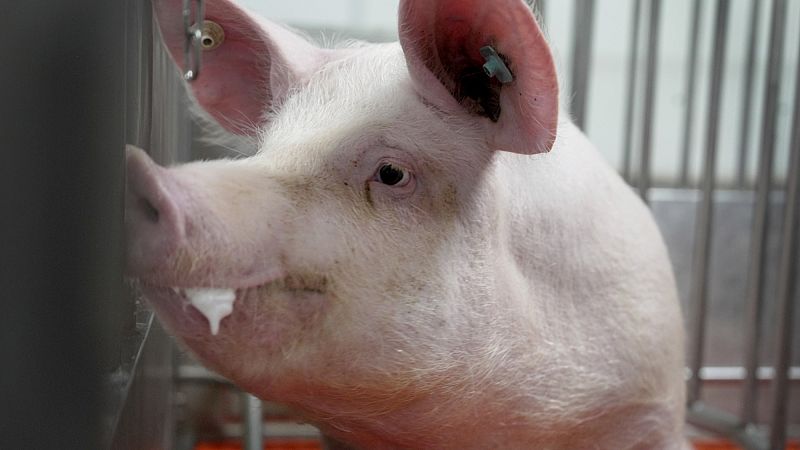Scientists transplant pig lung into brain-dead patient in world-first

Scientists in China say they have successfully transplanted a pig lung into a living person for the first time.
The researchers from Guangzhou Medical University transplanted a pig lung that had been genetically modified to make it more compatible with humans into a patient who had been declared brain dead. The lung remained viable and functional for nine days.
The results, published in the journal Nature Medicine, mark a major milestone in cross-species organ transplantation, known as xenotransplantation. Scientists have billed it as a potential solution to address the shortage of human organ donations.
Pigs are considered good candidates for xenotransplantation because their organs are similar in size and function to human organs.
Surgeons have already transplanted gene-edited pig kidneys, hearts, and livers into people. But the lungs present a unique challenge because they receive a high level of blood flow and are constantly exposed to outdoor air, raising the risk of infection.
The Chinese team transplanted the left lung of a gene-edited pig into a 39-year-old patient who was brain dead and kept their original right lung. The patient’s immune system did not immediately reject the pig lung, and it remained functional for nine days.
But there were signs of lung damage after 24 hours to the pig lung and indicators of rejection at days three and six. The experiment ended on day nine.
The study “constitutes proof of concept that, with further improvements, lung xenotransplantation could in the future become a real option for saving lives,” said Dr Beatriz Domínguez-Gil, director of Spain’s National Transplant Organisation (ONT). She was not involved with the research.
Last year, there were more than 173,000 organ transplants worldwide, including more than 45,000 in Europe, according to a global database run by the ONT and the World Health Organization (WHO).
“The clinical need is enormous” because demand for organs far outstrips supply, Domínguez-Gil said.
Advances in gene-editing technology mean pig organs are now “closer to becoming a real clinical option,” she added, though for now xenotransplantation “remains an experimental technique”.
More procedures with both short- and long-term follow-up would be needed to fully understand how safe and effective the approach is, she said.
Meanwhile, Dr Iván Fernández Vega, a professor of pathological anatomy at the University of Oviedo in Spain, noted that because the lung transplant was performed on a brain-dead patient, the findings cannot be directly translated to living people.
“Neither the clinical tolerance nor the actual side effects of the procedure can be assessed” in this setting, he said.
Today

